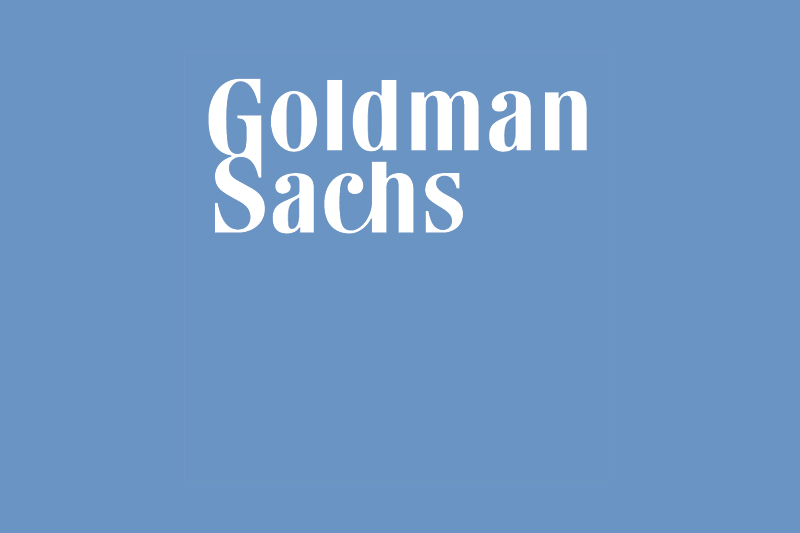German construction sector still in recession, civil engineering only bright spot
Investing.com - U.S. stocks have touched new highs over the last month, with investors hopeful for economic resilience and impending Federal Reserve rate cuts.
On Thursday, the blue-chip Dow Jones Industrial Average has notched an all-time closing peak, while the benchmark S&P 500 and tech-heavy Nasdaq Composite have hit record highs as well.
Sentiment was underpinned during the session by figures showing that U.S. consumer prices growth accelerated in August, albeit roughly in line with expectations, while weekly initial jobless claims ticked up to nearly a four-year high. The numbers reinforced bets that the Fed would slash rates at its September 16-17, with officials seen prioritizing an easing labor market over sticky inflation.
"[T]he market is pricing a resilient growth outlook and that the bigger macro dynamic in recent weeks has been the market’s continued shift towards pricing a more dovish Fed," analysts at Goldman Sachs led by Vickie Chang said in a note.
But, while the "overall contours" of their forecasts were "broadly reflected" in market pricing, "there are risks on two fronts," the analysts warned.
The first revolves around "something" causing traders to begin worrying about a possible recession, they said, adding that the "central" economic uncertainty now is whether the labor market cooling morphs into a wider downturn in growth.
They described the next few months as likely the time of "maximum risk," noting that the longer the labor market "holds in," the more the risk of a recession should fade and the top potential shocks to the economy edge "further into the review mirror."
Meanwhile, should U.S. growth remain steady, markets might become concerned that too much Fed policy easing has been priced in. Cutting rates is, in theory, supposed to spur more spending and investment by businesses and households.
"Because growth worry recently has been limited, good growth news and the avoidance of recession from here is less likely to prompt growth upgrades and more likely to lead to a reversal of the dovish policy shock that the market has priced," the analysts flagged.
"In that case, we could see upward pressure on rates in a way that is less supportive of equities than if the market had priced meaningful recession risk ahead of time."
The Goldman analysts argued that it is worth hedging risks of downside growth and a more hawkish Fed for "those with long risk positions."
